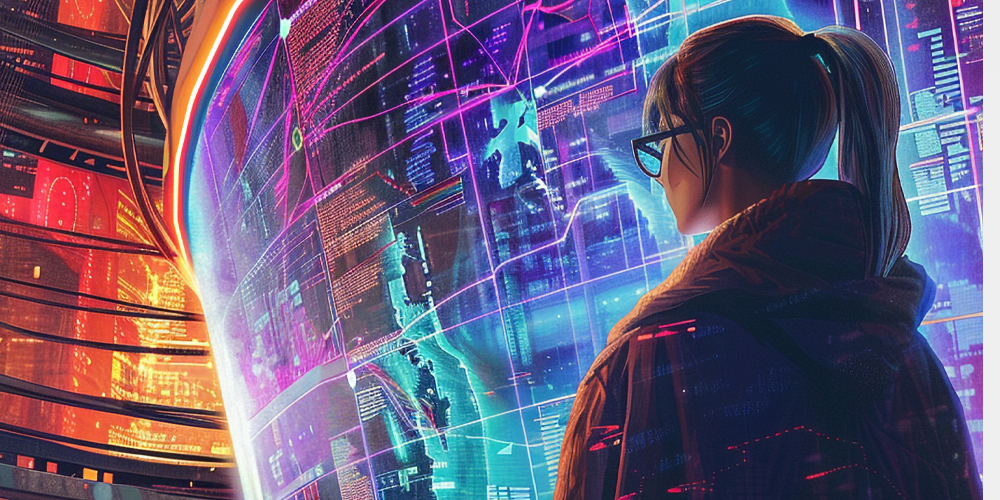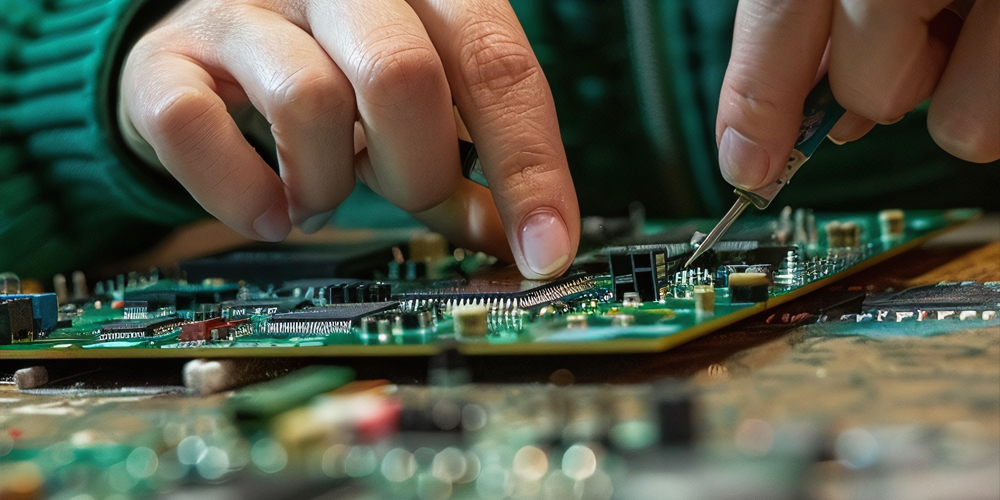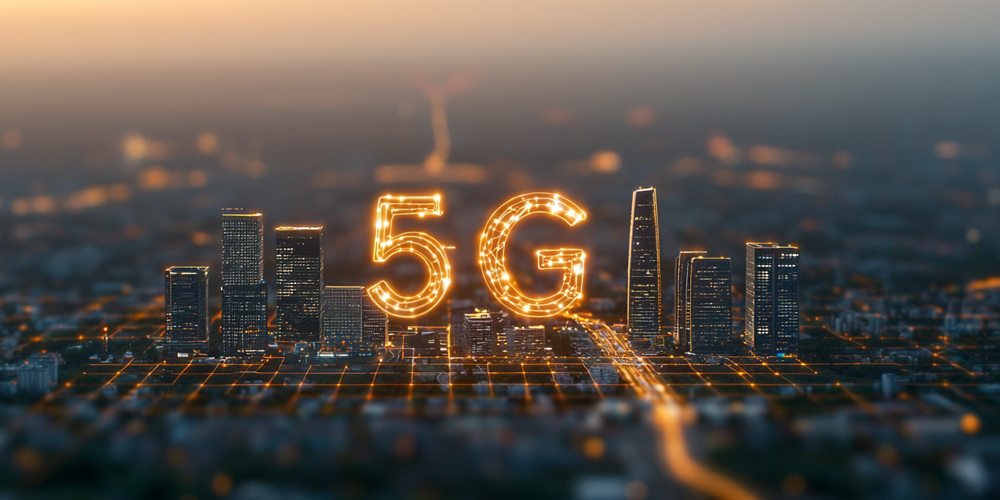Emerging Technologies in Space: The Role of AI and Robotics
The field of space exploration is witnessing unprecedented advancements. Emerging technologies, particularly artificial intelligence (AI) and robotics, are playing pivotal roles in this transformation. This article delves into how these innovations enhance our understanding of space and improve mission efficiency.
The Importance of AI in Space Exploration
Enhancing Data Processing
AI has become essential for processing vast amounts of data from space missions. Traditional methods struggle with the sheer volume of information. In contrast, AI algorithms can analyze data rapidly and identify patterns. This capability helps scientists draw meaningful insights from complex datasets.
Autonomous Navigation
Another crucial application of AI is in autonomous navigation. Spacecraft equipped with AI can make real-time decisions during flight. This feature enhances safety and mission success rates. For instance, AI systems can help avoid obstacles, making space travel safer for crewed missions.
Robotics: Revolutionizing Space Missions

Robotic Spacecraft and Rovers
Robotic spacecraft and rovers have transformed how we explore other planets. For example, the Mars rovers utilize advanced robotic technologies to conduct scientific experiments. These machines can analyze soil samples and capture high-resolution images. This data is invaluable for understanding Martian geology.
Telepresence and Remote Operations
Robotics also enables telepresence and remote operations. Astronauts can control robotic arms from the International Space Station (ISS) to conduct repairs or experiments. This capability reduces risks and enhances mission efficiency. Additionally, it allows scientists on Earth to participate in space operations.
AI and Robotics in Satellites
Smart Satellites
Satellites equipped with AI can autonomously monitor and adapt to changing conditions. For example, they can optimize their orbits based on environmental data. This flexibility improves their effectiveness in data collection.
Disaster Response
AI-enabled satellites also play a crucial role in disaster response. These satellites can analyze data to identify affected areas during natural disasters. Quick assessments enable timely humanitarian responses, saving lives.
Collaboration Between AI and Robotics
Enhancing Mission Efficiency
The collaboration between AI and robotics is revolutionizing space exploration. Together, they improve mission efficiency significantly. For instance, AI can help robots make autonomous decisions during tasks. This synergy reduces the need for constant human oversight.
Future Prospects
Looking ahead, we can expect more integrated systems. Future missions may rely heavily on autonomous robots guided by AI. This shift will enable more complex and ambitious space missions.
Case Studies: AI and Robotics in Action
Mars 2020 Mission
The Mars 2020 mission exemplifies the use of AI and robotics. The Perseverance rover employs advanced AI for navigation and data analysis. Its robotic systems allow for intricate exploration of the Martian surface. This mission aims to search for signs of past life and collect samples.
International Space Station (ISS)
The ISS is another example of robotics enhancing space exploration. Robotic arms, controlled by astronauts and scientists on Earth, perform crucial tasks. These systems enable maintenance and scientific experiments without jeopardizing astronaut safety.
Challenges and Considerations
Technical Limitations
Despite advancements, challenges remain. The technical limitations of AI and robotics can hinder mission success. For instance, harsh environmental conditions in space pose risks to robotic systems.
Ethical Considerations
As AI becomes more integrated into space missions, ethical considerations arise. Questions about autonomy and decision-making in critical situations need addressing. It is essential to establish guidelines for AI use in space exploration.

The Future of AI and Robotics in Space
Expanding Horizons
The future of AI and robotics in space exploration is bright. As technology continues to advance, possibilities are limitless. We may see more sophisticated robots capable of conducting complex tasks independently.
Human-Robot Collaboration
The collaboration between humans and robots will evolve. Astronauts may work alongside advanced robots on missions to the Moon and Mars. This partnership will enhance capabilities and allow for deeper exploration.
Conclusion
Emerging technologies, particularly AI and robotics, are reshaping space exploration. These innovations enhance efficiency, safety, and scientific discovery. As we look to the future, the collaboration between these technologies will unlock new possibilities in our quest to explore the cosmos.
By embracing these advancements, we position ourselves for exciting discoveries. The next decade promises to be a thrilling chapter in the story of space exploration. With AI and robotics leading the charge, our understanding of the universe will expand like never before.











